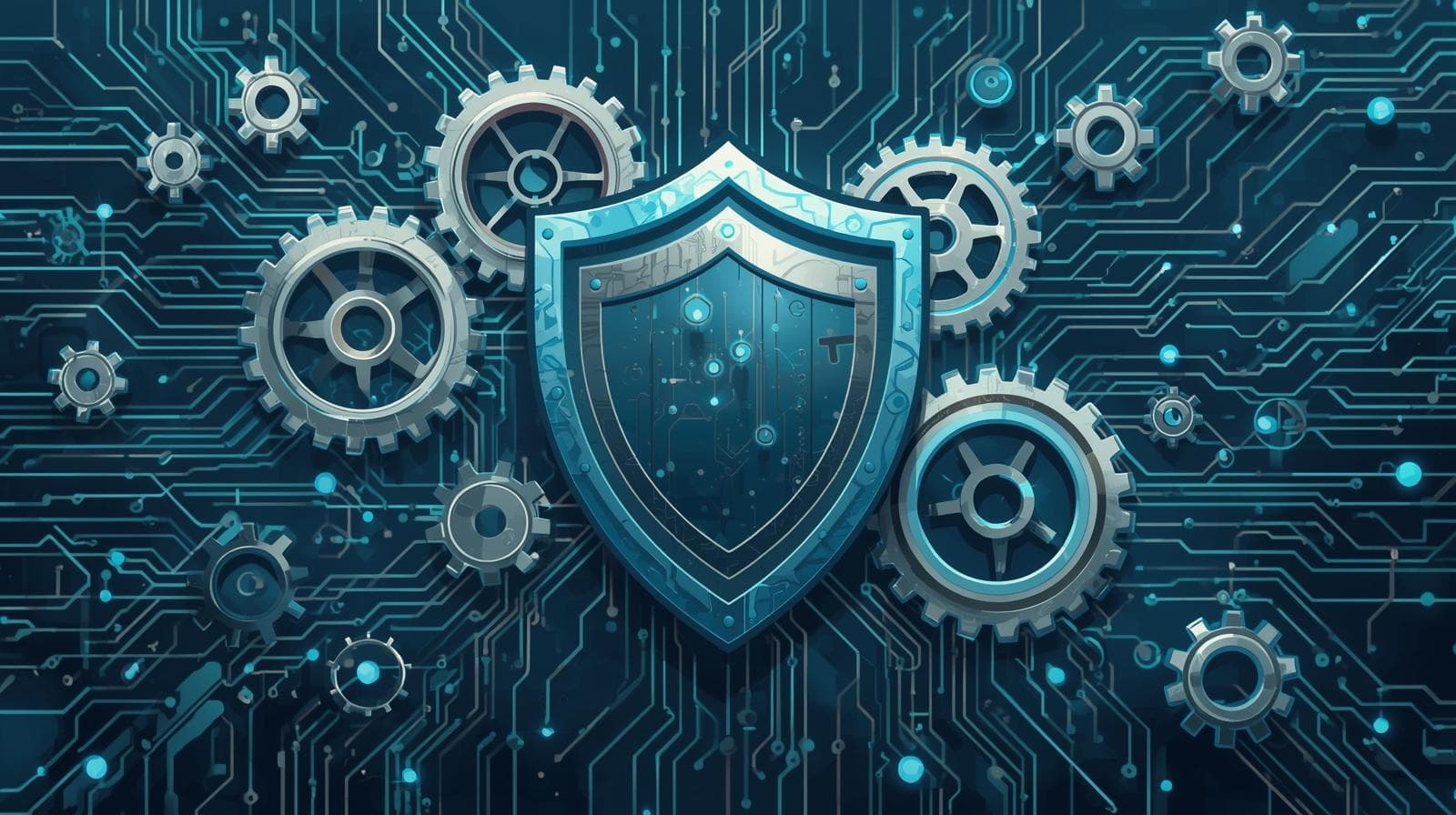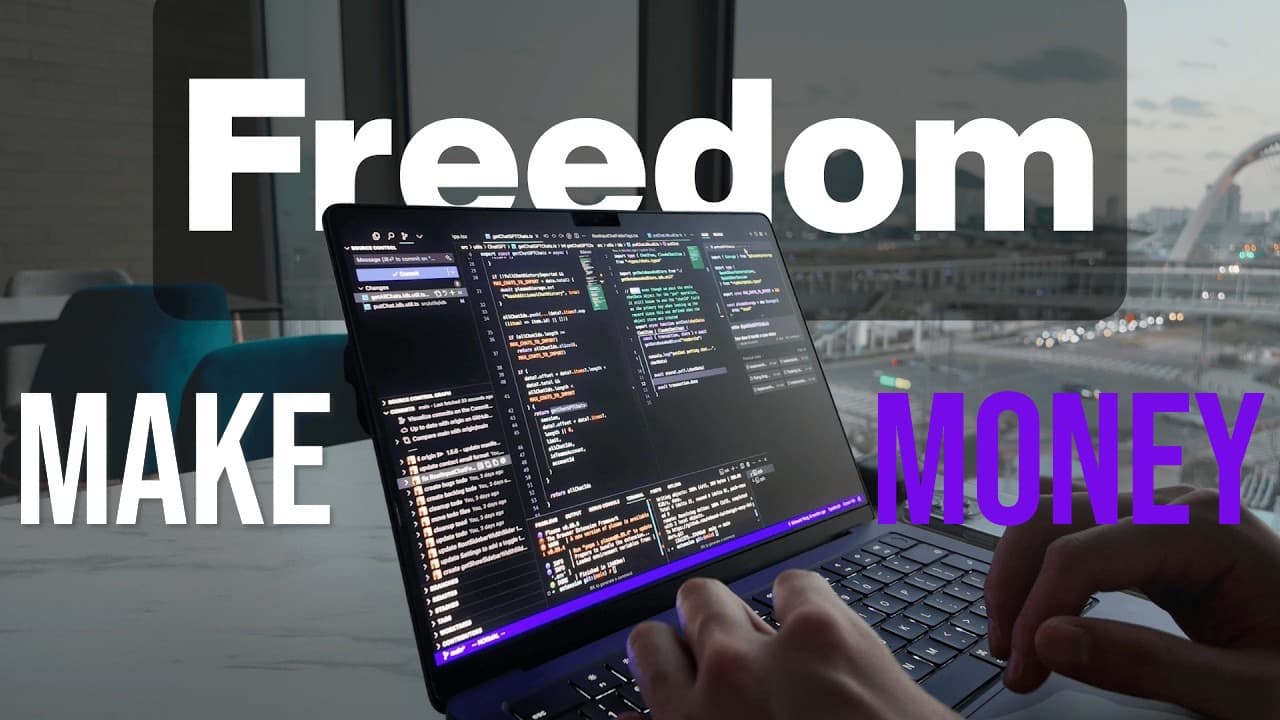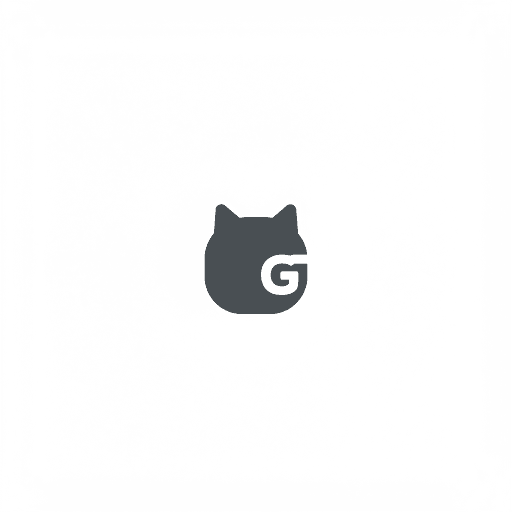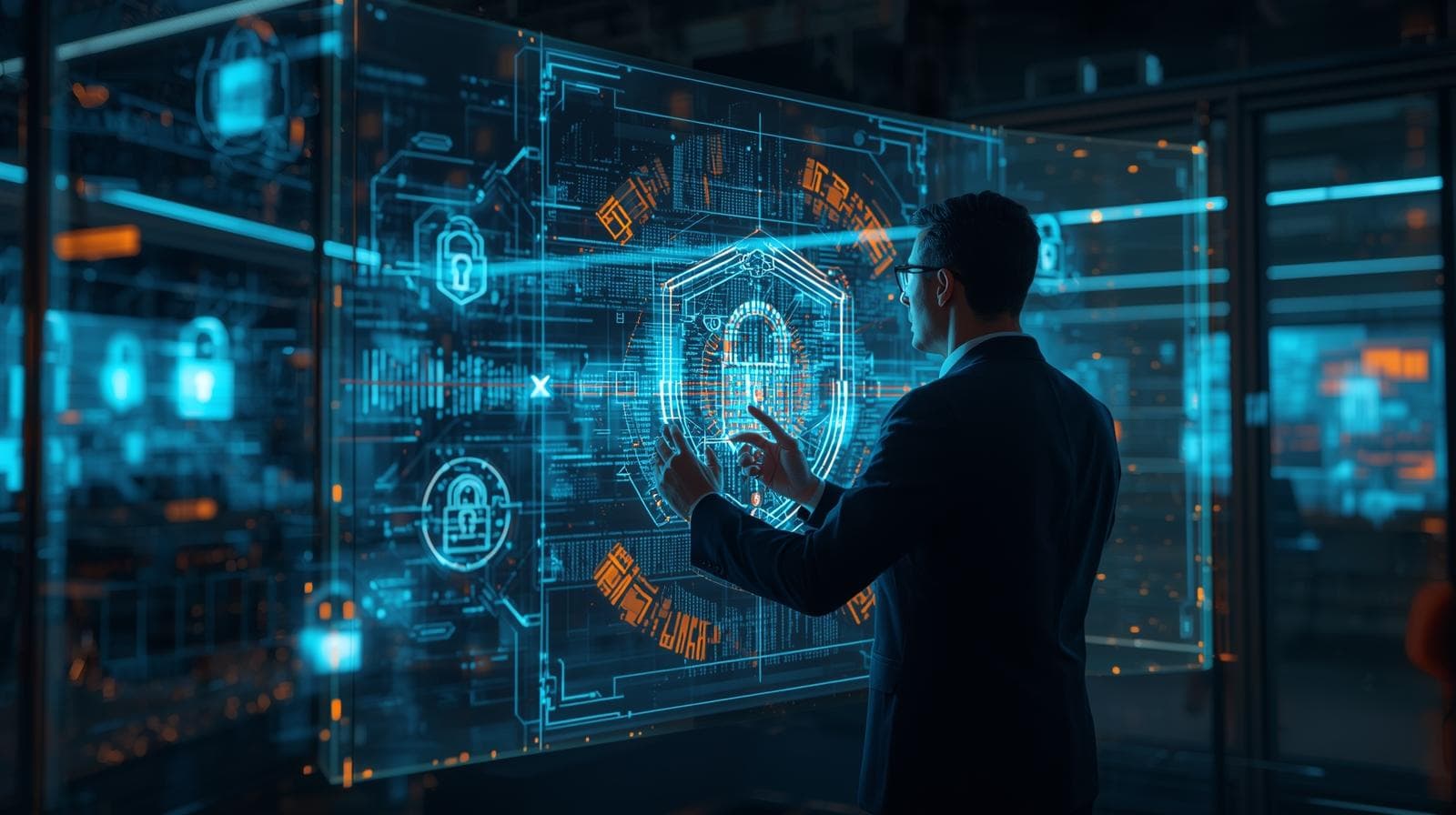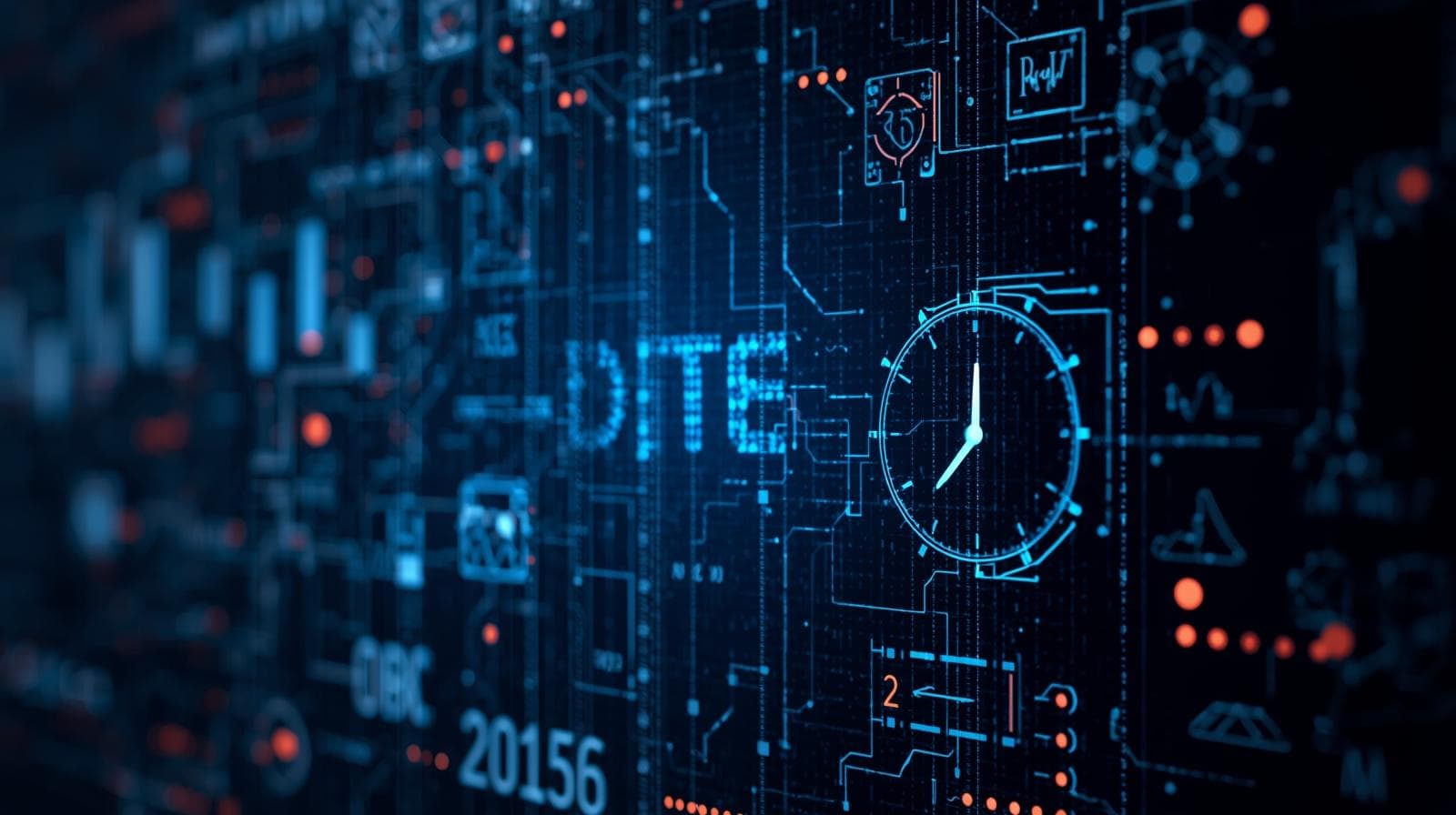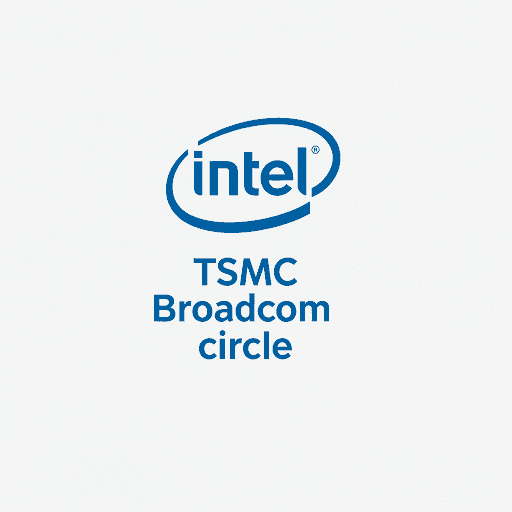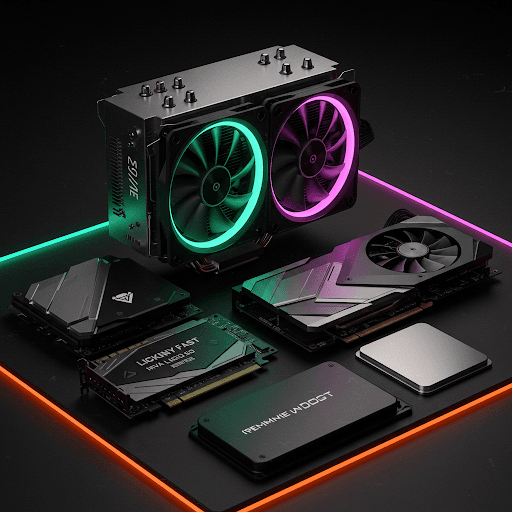Blockchain Beyond Crypto: 10 Real-World Use Cases Revolutionizing Industries

Think blockchain is only for Bitcoin? Think again. Explore our in-depth guide on how blockchain technology is transforming supply chains, healthcare, voting, and more.

Blockchain Beyond Crypto: 10 Real-World Use Cases Revolutionizing Industries
Blockchain Beyond Cryptocurrency: The Silent Revolution Rebuilding Trust in Our World
If you hear the word “blockchain” and your mind immediately jumps to Bitcoin, Dogecoin, or cryptic headlines about millionaire crypto traders, you’re not alone. For years, the narrative around this groundbreaking technology has been dominated by its first and most famous application: cryptocurrency.
But what if I told you that digital money is just the tip of the iceberg? What if the true potential of blockchain lies not in creating new forms of currency, but in creating a new, unshakable foundation of trust for our digital world?
Imagine a world where you can trace the journey of the fish on your plate back to the specific boat that caught it. A world where your medical records are securely shared between doctors without the risk of being lost or tampered with. A world where you could vote in a national election from your phone, confident that your vote was counted accurately.
This isn't science fiction. This is the promise of blockchain technology when we look beyond the cryptocurrency hype. In this deep dive, we’re going to pull back the curtain on the silent revolution that is already underway, transforming industries from logistics to law.
First Things First: What Exactly is Blockchain? (Without the Jargon)
Let’s strip away the complex technical terms for a moment. At its heart, a blockchain is a decentralized, digital ledger.
Think of it as a shared Google Doc, but with some superpowers.
Decentralized & Distributed: A traditional ledger (like a bank's record of transactions) is held by one central authority. A blockchain ledger is copied and distributed across a vast network of computers. There is no single owner or central point of failure. If one computer goes down, the network carries on.
Immutable Ledger: Once a piece of information (a "block") is added to the chain, it is cryptographically sealed and linked to the previous block. Altering it would require changing every subsequent block on every single copy of the ledger across the entire network—a task that is practically impossible. It makes the record permanent and tamper-proof.
Transparent and Secure: The rules of the network are open for anyone to see. While transactions can be anonymous or pseudonymous, the record itself is transparent and verifiable by anyone on the network. This creates trust through technology, not through a middleman.
In the crypto world, this ledger records financial transactions. But the "transactions" can be so much more. They can be a record of a product's location, a digital certificate of ownership, a patient's consent form, or a vote in an election.
The core value proposition is simple: Blockchain allows us to trust each other and transact directly, without needing a costly and often slow intermediary like a bank, a lawyer, or a government registry.
The Building Blocks: Key Concepts Powering This Technology
To truly understand the use cases, let's get familiar with a few key terms:
Cryptographic Hashing: This is the magic that makes blockchain immutable. A hash function takes an input (any data) and produces a unique, fixed-length string of characters, like a digital fingerprint. A tiny change in the input data creates a completely different hash. Each block contains its own hash and the hash of the previous block, creating the unbreakable "chain."
Consensus Mechanisms: How does a decentralized network agree on which transactions are valid? This is where consensus mechanisms come in. The most famous is Proof-of-Work (PoW), used by Bitcoin, which requires computers to solve complex puzzles. A more energy-efficient alternative is Proof-of-Stake (PoS), where validators are chosen based on the amount of cryptocurrency they "stake" as collateral.
Smart Contracts: This is arguably the most exciting feature for applications beyond currency. A smart contract is a self-executing contract with the terms of the agreement written directly into code. It automatically executes actions (like releasing a payment or transferring ownership) when predetermined conditions are met. No lawyers, no delays, no ambiguity.
Blockchain in Action: Real-World Use Cases Transforming Industries
Now, let's move from theory to practice. Here’s how various sectors are leveraging blockchain to solve real problems.
1. Supply Chain Management: From Farm to Fork, with Total Transparency
This is one of the most promising use cases. Global supply chains are incredibly complex, involving countless parties across the globe. This complexity often leads to inefficiencies, fraud, and a lack of transparency.
The Problem: Was that "organic" avocado really grown organically? Is the diamond in that ring conflict-free? How long did my shipment sit in a port? Traditional systems make it nearly impossible to get clear answers.
The Blockchain Solution: Each product can be assigned a digital token or a unique identifier. Every time it changes hands—from the farmer to the processor, to the shipper, to the retailer—the transaction is recorded on the blockchain.
Real-World Example: IBM Food Trust is a blockchain-based network used by giants like Walmart and Nestlé. By scanning a QR code on a product, a retailer (or even a consumer) can trace its entire journey. When there’s an E. coli outbreak, instead of destroying weeks of produce, a store can pinpoint the exact contaminated batch in seconds, saving money, reducing waste, and potentially saving lives.
2. Healthcare: Securing Your Most Sensitive Data
Healthcare systems are drowning in paperwork and plagued by data silos. Your records are often scattered across different hospitals and clinics, leading to inefficiencies and potential errors.
The Problem: Patient data is vulnerable to breaches. It's difficult for different healthcare providers to securely share information. Drug counterfeiting is a multi-billion dollar problem.
The Blockchain Solution: Patient records can be stored on a blockchain with strict, permissioned access. Patients control the keys, granting access to doctors as needed. The immutable record ensures data integrity. Furthermore, the drug supply chain can be tracked to prevent counterfeit medicines from entering the market.
Real-World Example: Companies like MediLedger are creating networks for the pharmaceutical industry to verify the provenance of drugs. Estonia has been a pioneer, using blockchain technology to secure the health records of its citizens for over a decade.
3. Digital Identity: Owning Your Identity in the Digital Age
In the modern world, we don't truly own our identities. They are managed for us by governments (passports, driver's licenses) and tech companies (social media logins). This creates risk and inconvenience.
The Problem: Data breaches expose our personal information. Refugees often lack official identification, preventing them from accessing basic services. The process of "Know Your Customer" (KYC) is repeated endlessly with every new bank or service.
The Blockchain Solution: A self-sovereign identity (SSI) allows an individual to create and manage their own digital identity without relying on a central authority. Your credentials (age, citizenship, qualifications) can be cryptographically verified by issuers (like a government or university) and stored in your digital wallet. You then choose what information to share and with whom.
Real-World Example: The World Food Programme uses blockchain-based digital IDs to allow refugees to receive food aid by simply scanning their eyes at checkout, providing dignity and reducing fraud.
4. Voting Systems: Restoring Trust in Democracy
Voter fraud allegations, low turnout, and cumbersome processes are challenges for democracies worldwide.
The Problem: Concerns about ballot tampering, the inefficiency of mail-in systems, and the inaccessibility of polling stations for some citizens.
The Blockchain Solution: A blockchain-based voting system could allow for secure, transparent, and verifiable voting. Each vote would be an immutable transaction. Voters could verify that their vote was recorded correctly, while their anonymity would be preserved. It could enable secure mobile voting, increasing accessibility.
Real-World Example: While large-scale national elections are still a way off, several pilot projects have been successful. West Virginia piloted a blockchain-based mobile voting app for military personnel stationed overseas. Moscow has experimented with blockchain for citizen feedback on urban projects.
5. Intellectual Property & Royalties: Fair Pay for Creators
Artists, musicians, and writers often get a raw deal, losing a significant portion of their royalties to intermediaries and struggling to prove ownership.
The Problem: Complex royalty structures, lack of transparency, and copyright infringement are major issues for creators.
The Blockchain Solution: Artists can timestamp their work on a blockchain, creating an immutable proof of creation. Smart contracts can be embedded into digital art or music files. Every time the work is sold or used, the smart contract automatically executes, sending royalty payments directly and instantly to the creator.
Real-World Example: NFTs (Non-Fungible Tokens) are a prime, though sometimes controversial, example of this. They use blockchain to certify ownership of a unique digital item. Beyond the speculative market, NFTs provide a mechanism for artists to earn royalties on secondary sales automatically.
6. Real Estate: Simplifying the Ultimate Paperwork Transaction
Buying a house involves a mountain of paperwork, numerous intermediaries (agents, title companies, banks), and a high risk of fraud.
The Problem: Title deeds can be forged, the process is slow, and fees are high.
The Blockchain Solution: Property titles can be tokenized and recorded on a blockchain, creating a clear and unforgeable history of ownership. Smart contracts could automate the process: once the buyer's payment is verified, the digital title is automatically transferred, and keys are released. This reduces time, cost, and fraud.
Real-World Example: Sweden's Lantmäteriet (the land registry) has been testing a blockchain-based system for property transactions since 2016, significantly reducing paperwork and streamlining the process.
Best Practices for Implementing Blockchain
Jumping on the blockchain bandwagon without a clear strategy is a recipe for failure. Here’s when you should—and shouldn’t—consider it.
DO Use Blockchain When:
Multiple parties need access to a shared ledger: If you have a process involving several organizations that don't fully trust each other.
You need a verifiable and tamper-proof audit trail: For compliance, regulatory, or transparency reasons.
You rely on intermediaries that add cost and delay: If your business process is bogged down by middlemen.
DON'T Use Blockchain When:
You have a centralized, trusted authority: If one company has full control, a traditional, centralized database is faster, cheaper, and more efficient.
You need fast, high-volume transactions: Some blockchains are still slower than centralized systems like Visa.
Your data is sensitive and needs to be private: While secure, many blockchains are transparent. Private or permissioned blockchains are an option, but they change the trust model.
Frequently Asked Questions (FAQs)
Q1: Is blockchain really secure?
A: The underlying cryptography of major blockchains is extremely secure. The vulnerabilities often lie elsewhere—in exchanges being hacked, in individuals losing their private keys, or in flaws in smart contract code. The network itself is highly resilient to attack.
Q2: What's the difference between a blockchain and a database?
A: A traditional database is centralized, controlled by an administrator who can read, write, update, and delete data. A blockchain is decentralized, and once data is written, it is extremely difficult to alter or delete. It's designed for verification and permanence, not just storage.
Q3: Are blockchain and Web3 the same thing?
A: They are closely related but not the same. Blockchain is the underlying technology—the tool. Web3 is the envisioned future of the internet built using these tools, aiming for a decentralized, user-owned web instead of the current model dominated by big tech companies (Web2).
Q4: What are the environmental concerns?
A: This is a valid concern, primarily related to the Proof-of-Work consensus mechanism used by Bitcoin and Ethereum (though Ethereum has recently moved to the much more efficient Proof-of-Stake). Many newer blockchains use PoS or other low-energy mechanisms, making their environmental impact negligible.
Conclusion: The Future is Built on Blocks
Blockchain technology is often misunderstood as a synonym for cryptocurrency, but as we've seen, its potential is far greater. It is a foundational technology, like the TCP/IP protocol that gave us the internet. It’s not about getting rich quick; it’s about building a world that is more transparent, efficient, and fair.
It’s about giving power back to individuals—over their data, their identity, and their assets. The transition will be gradual, and challenges around regulation, scalability, and user experience remain. But the seeds have been planted. From ensuring the food we eat is safe to securing the integrity of our democratic processes, blockchain is quietly laying the groundwork for a new age of trust.
The next decade will be defined by how we adopt and adapt these technologies. And the people who will lead this change are the builders, the developers, and the innovators who understand how to code for this new paradigm.
To learn professional software development courses such as Python Programming, Full Stack Development, and MERN Stack, visit and enroll today at codercrafter.in. Understanding the principles of secure coding, data structures, and distributed systems is the first step towards building the next generation of blockchain-powered applications. The future is being built, line by line, block by block. Will you be a part of it?
